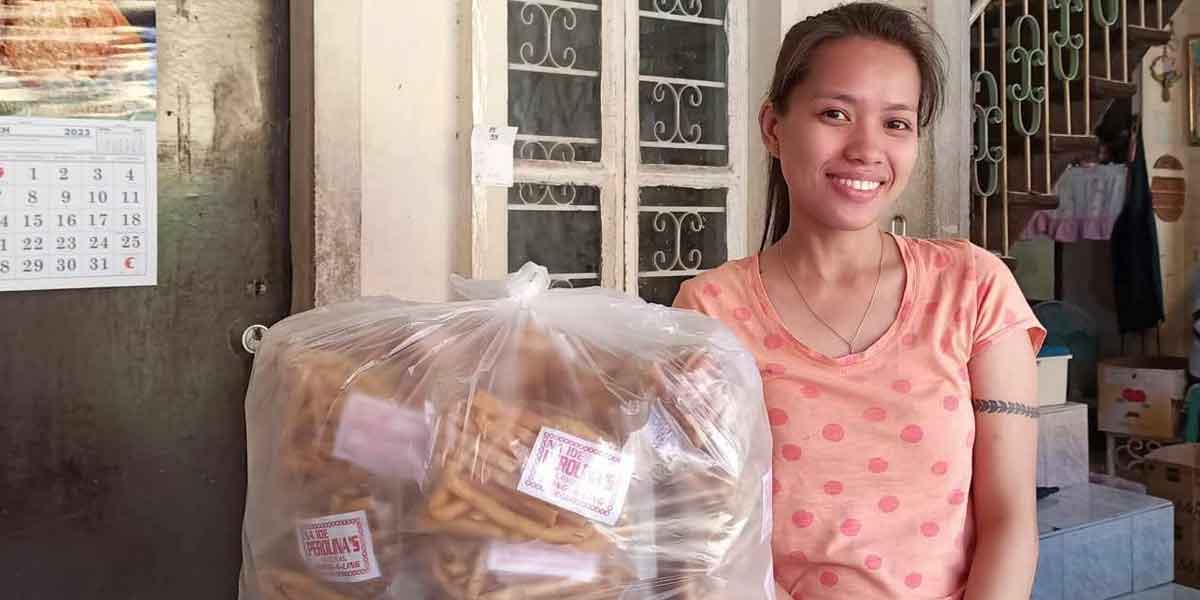
By Emme Rose Santiagudo
A group of farmers from the town of Lambunao in Iloilo province are pioneering the production of silk through raising silkworms or sericulture.
Members of the Champion Farmers Program (CFP) of Lambunao were the first farmers in Iloilo province to have been trained and assisted for the establishment of mulberry production sites for sericulture.
The farmers were supported by a Japanese-based nongovernment organization (NGO) Organization for Industrial, Spiritual, Cultural Advancement (OISCA), and the Philippine Fiber Industry Development Authority (PhilFIDA).
“We expressed our interest for the project so OISCA tapped us to be one of the beneficiaries,” Ariel Lastica executive director of the CFP said on Wednesday.
The project was formalized when a memorandum of agreement was signed between the municipality of Lambunao, CFP, OISCA and PhilFIDA in June 2019, Lastica said.
In August, five members of the CFP went to Bago City in Negros Occidental where the Filature Plant of OISCA was located for an orientation of the sericulture.

The five pilot farmers underwent training on silk cocoon production in January and started off with thousands of silkworms.
“The production of cocoon is dependent on the mulberry leaves. Without the mulberry, we cannot produce high quality cocoon,” Lastica said.
After 25 days, their group harvested seven kilograms of Class A cocoon.
PhilFIDA 6 Regional Director Evelyn Cagasan said they tapped the farmers of Lambunao to augment the silk production in the Filature Plant of OISCA in Bago City.
“We chose Lambunao because their land there is suitable for mulberry. We provided planting materials for the mulberry and technical assistance to increase their production for the rearing of silkworms in collaboration with OISCA,” she said.
The biggest production of mulberry and silk cocoon in Western Visayas is in Bago City, according to Cagasan.
In the region, only Bago City, Negros Occidental and the town of Ibajay, Aklan contribute to the annual cocoon production of Western Visayas which is 3,106.86 kg and silk yarn production which is 88.76 kilograms.
“The Filature Plant in Negros Occidental reels the harvested cocoon produced by the farmers into silk yarn. We then supply it to local weavers in Manila and Mindanao,” she said.
Cagasan said there is a need to meet the increasing demand of the local weavers which is at 150 kilograms of yarn.
“Right now, the silk yarn that we are producing cannot meet the demand of the weavers that is why we are encouraging more farmers to venture in this production,” she said.
One box of silkworm eggs which contains 20,000 pieces can produce 30 kilograms of cocoon, according to Cagasan.
Whereas, one cocoon can produce about 1.2 to 1.5 kilograms of silk.
Cagasan said that while they want to export silk particularly in Japan, the supply cannot meet the demand of the international market. Hence, the region needs more farmers to go into sericulture.
She shared the same sentiments with Lastica.
“I hope more farmers can go into mulberry and silkworm production especially that it can be a family-owned business. It will not require much labor but it can give families an added income,” he said.






















